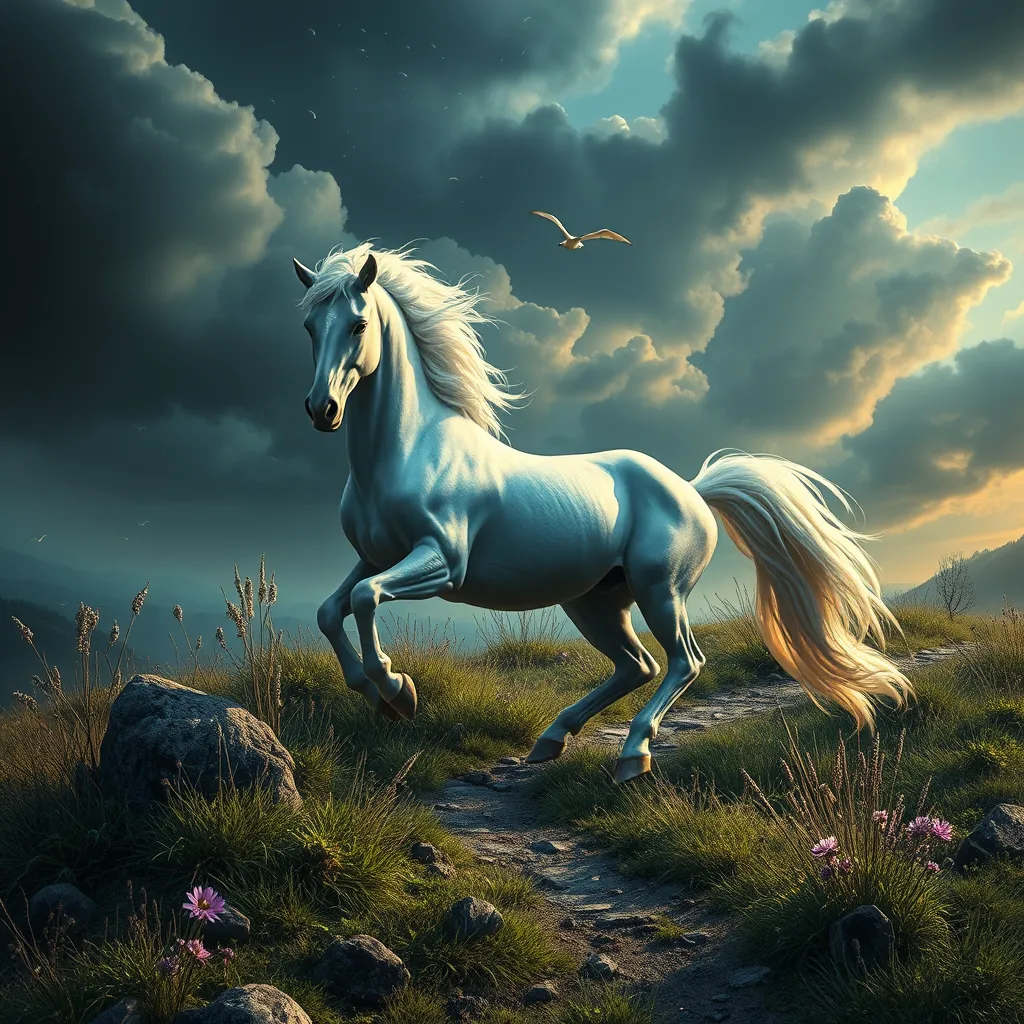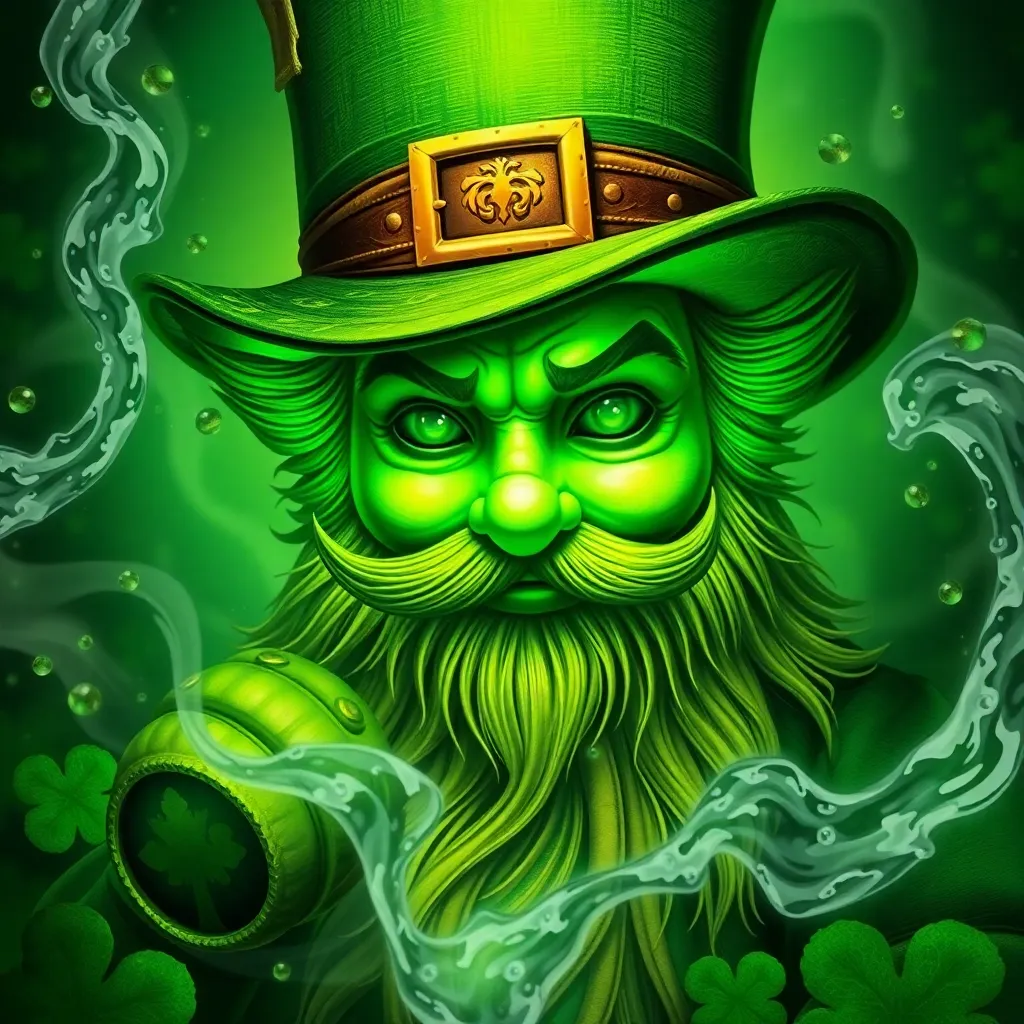The Unicorn’s Trail: Following the Path of Legend
I. Introduction
The unicorn, a mythical creature typically depicted as a horse with a single spiraled horn protruding from its forehead, has captured the imagination of cultures around the world for centuries. In mythology, the unicorn embodies purity, grace, and beauty, often symbolizing the unattainable. The aim of this article is to explore the origins, cultural significance, and lasting impact of the unicorn legend throughout history and into modern times.
II. Historical Origins of the Unicorn Myth
A. Early Descriptions in Ancient Texts
The earliest references to unicorn-like creatures can be found in ancient texts, including the Indus Valley Civilization seals and writings by Greek historians such as Ctesias. These early descriptions often confused the unicorn with other animals, leading to a blend of myth and reality.
B. The Unicorn in Ancient Civilizations (e.g., Mesopotamia, India)
In Mesopotamia, unicorns were depicted in art and literature, often associated with divine power. In Indian mythology, the unicorn is connected to the sacred cow, symbolizing purity and fertility. These representations laid the groundwork for the unicorn’s evolution in various cultures.
C. Evolution of the Unicorn Legend Over Time
Over the centuries, the unicorn myth evolved, adapting to different cultural contexts and societal values. From a creature of the wild to a symbol of nobility, the unicorn’s representation has shifted significantly.
III. The Unicorn in Different Cultures
A. European Folklore and the Medieval Unicorn
In European folklore, particularly during the medieval period, the unicorn became a prominent figure in tapestries, art, and literature. It was often portrayed as a fierce and elusive creature, only tamable by a virgin maiden. This association with purity reinforced its symbolism in Christian art.
B. The Unicorn in Asian Mythology
In Asian cultures, particularly in China, the unicorn is often represented as the Qilin, a creature that brings good fortune. Its presence signifies wisdom and prosperity, differing from the European portrayal yet equally revered.
C. Indigenous Perspectives on Unicorn-like Creatures
Various indigenous cultures also recount stories of unicorn-like creatures. These narratives often reflect a deep connection to nature, emphasizing the importance of harmony and balance in the ecosystem.
IV. Symbolism and Meaning of the Unicorn
A. The Unicorn as a Symbol of Purity and Innocence
The unicorn is widely recognized as a symbol of purity and innocence, often associated with virginity and chastity in literature and art. This symbolism continues to resonate in modern interpretations of the creature.
B. The Unicorn’s Representation of Strength and Freedom
Beyond its associations with purity, the unicorn is also seen as a representation of strength and freedom. Its elusive nature embodies the idea of freedom from societal constraints, making it a powerful symbol of individuality.
C. The Unicorn in Art and Literature: Key Examples
The unicorn has inspired countless works of art and literature throughout history. Some notable examples include:
- The “Hunt of the Unicorn” tapestries, a series of seven tapestries from the late medieval period.
- Christina Rossetti’s poem “Goblin Market,” which incorporates unicorn imagery.
- Le Petit Prince by Antoine de Saint-Exupéry, where the unicorn symbolizes childlike wonder.
V. Modern Interpretations and Popular Culture
A. The Resurgence of Unicorns in Contemporary Media
In recent years, unicorns have seen a resurgence in popularity, largely due to their representation in contemporary media. Movies, television shows, and children’s literature often portray unicorns as magical beings that spark joy and imagination.
B. Unicorns in Fashion and Consumer Culture
Unicorns have also made their way into fashion and consumer culture, appearing in clothing, accessories, and even food. The pastel colors and whimsical designs associated with unicorns appeal to a broad audience, making them a trendy symbol.
C. The Impact of Social Media on Unicorn Popularity
Social media platforms have fueled the popularity of unicorns, with hashtags like #UnicornLife and #UnicornsOfInstagram showcasing vibrant, fantastical imagery. This online presence has created a community around the unicorn myth, allowing for endless creative expressions.
VI. The Quest for the Unicorn: Myth vs. Reality
A. Historical Expeditions and Unicorn Hunts
Throughout history, there have been numerous expeditions and hunts for unicorns, often fueled by the belief that they were real creatures. These quests often led explorers to exotic lands in search of mythical beasts.
B. Scientific Explanations Behind the Unicorn Legend
Some scientists suggest that the unicorn myth may be rooted in sightings of real animals, such as the narwhal or the oryx, which possess features that resemble a unicorn’s horn. Such explanations highlight the interplay between reality and myth.
C. The Role of Imagination in Myth-Making
The unicorn legend showcases how imagination plays a crucial role in myth-making. As cultures evolve, so too do their myths, reflecting societal values, fears, and aspirations.
VII. The Legacy of the Unicorn in Today’s World
A. Unicorns as a Symbol of Hope and Imagination
Today, unicorns symbolize hope and imagination, encouraging individuals to embrace creativity and dream beyond the ordinary. Their whimsical nature inspires people to pursue their passions and think outside the box.
B. The Unicorn in Environmental and Conservation Movements
The unicorn has also found a place in environmental and conservation movements, where it symbolizes the need to protect endangered species and preserve natural habitats. This modern interpretation emphasizes the importance of safeguarding our planet.
C. How the Unicorn Continues to Inspire Creativity
From artists to writers, the unicorn continues to inspire creativity across various mediums. Its enchanting presence encourages individuals to express themselves and explore their fantasies.
VIII. Conclusion
A. Recap of the Unicorn’s Journey Through History
The journey of the unicorn through history reveals its evolution from ancient myth to modern symbol, reflecting changing cultural values and beliefs.
B. The Enduring Allure of the Unicorn Legend
The allure of the unicorn legend endures, captivating hearts and minds across generations. Its significance transcends time, offering a glimpse into the universal themes of purity, strength, and imagination.
C. Final Thoughts: Embracing Myths in a Modern Context
As we navigate the complexities of modern life, embracing myths like the unicorn can provide comfort and inspiration. They remind us of the beauty of imagination and the importance of holding onto hope.



